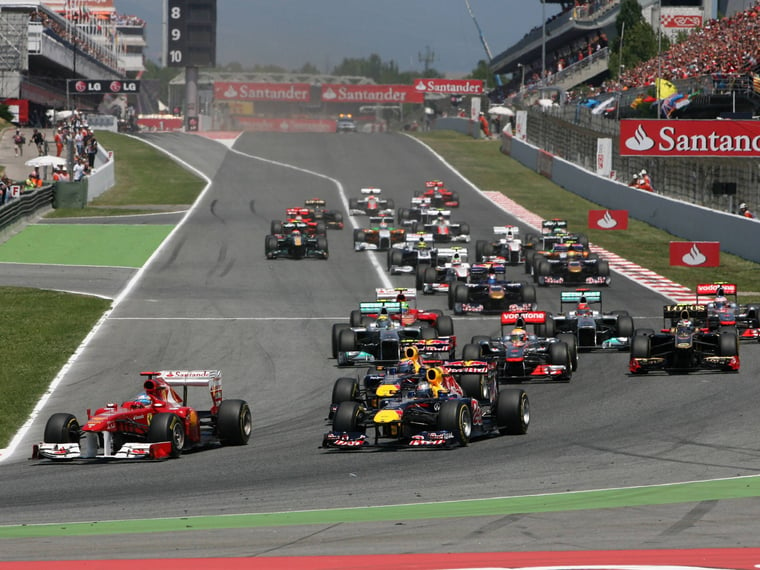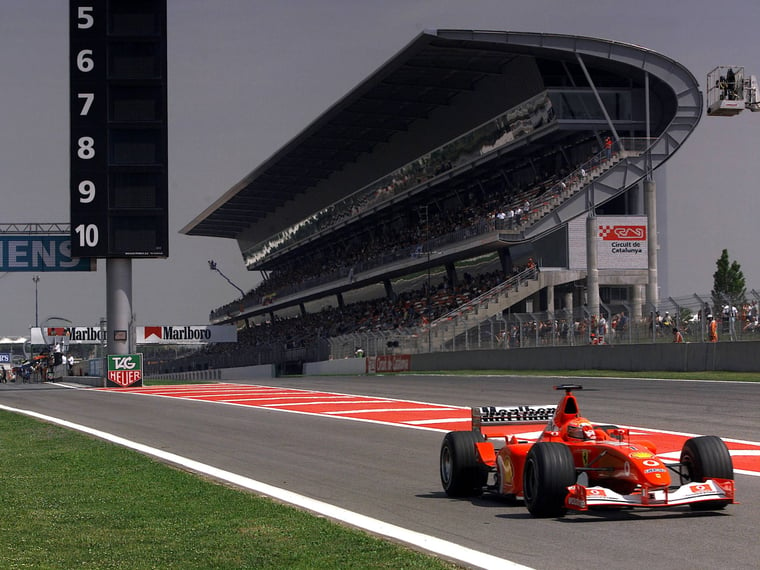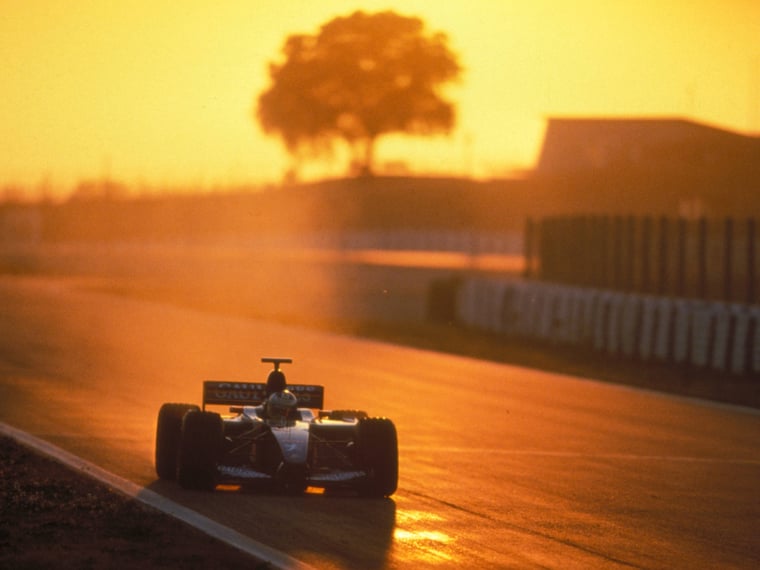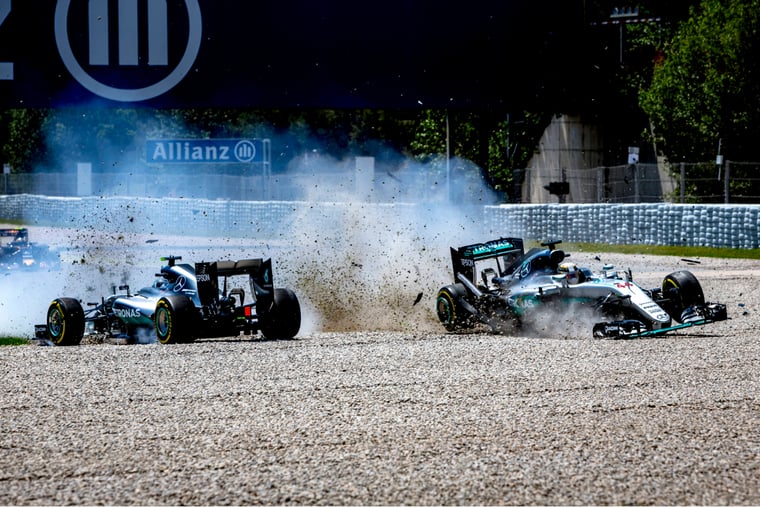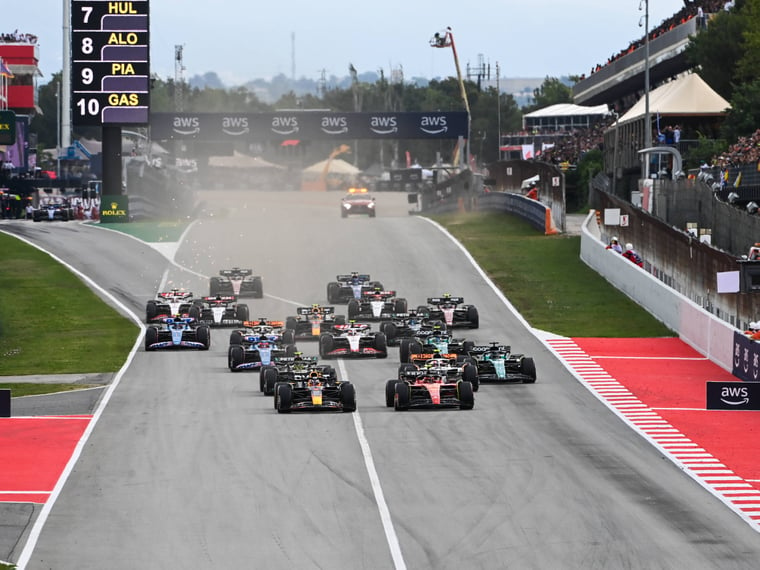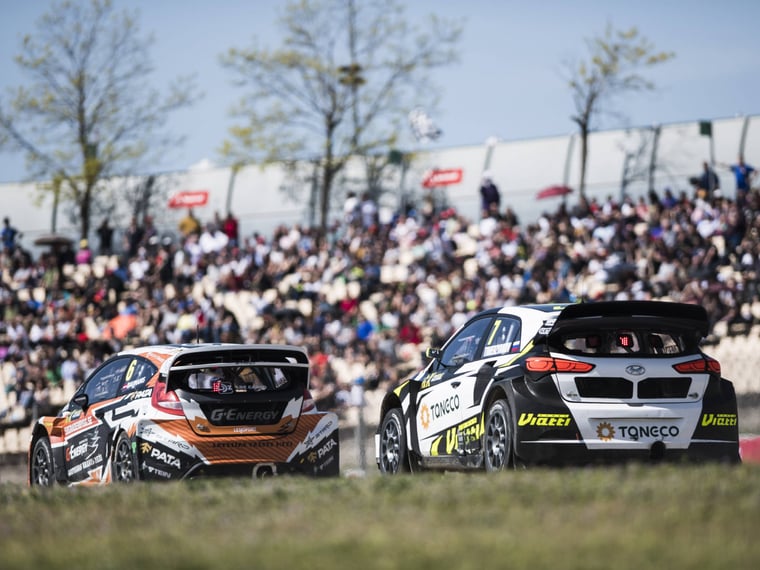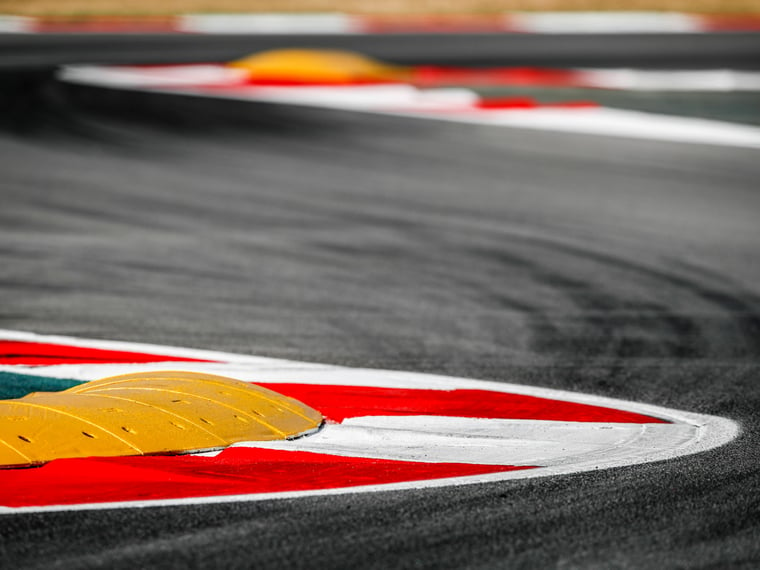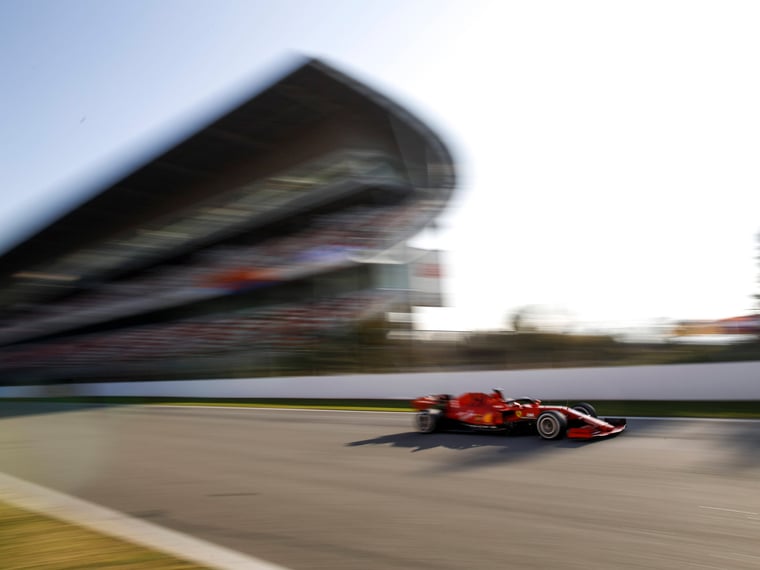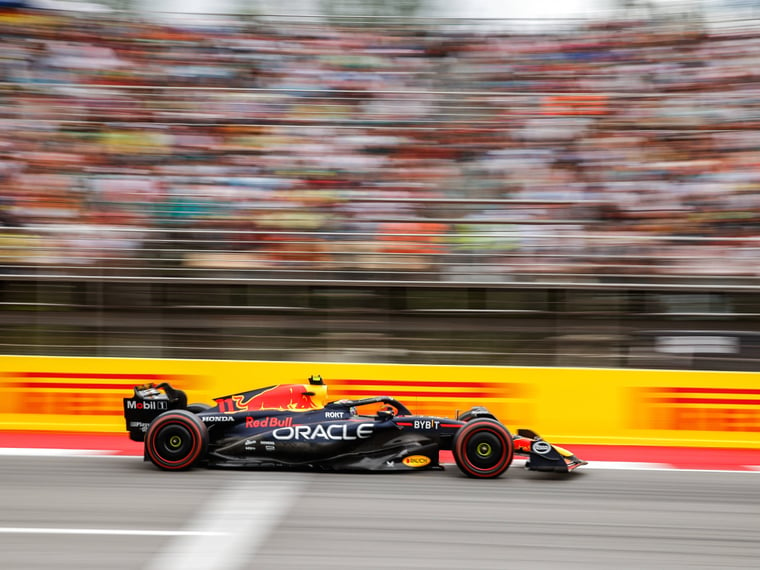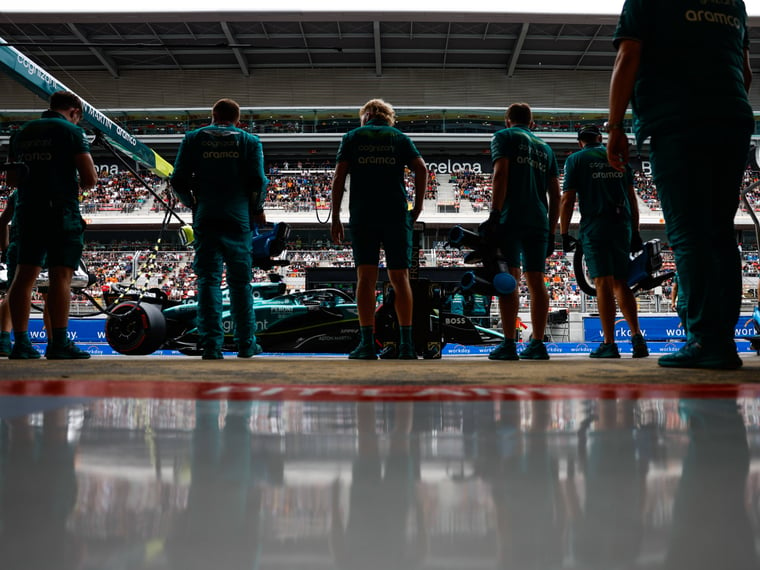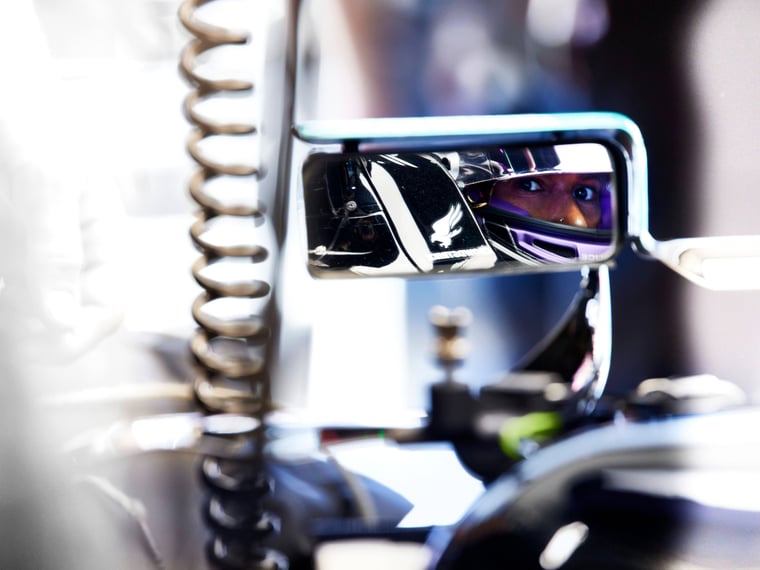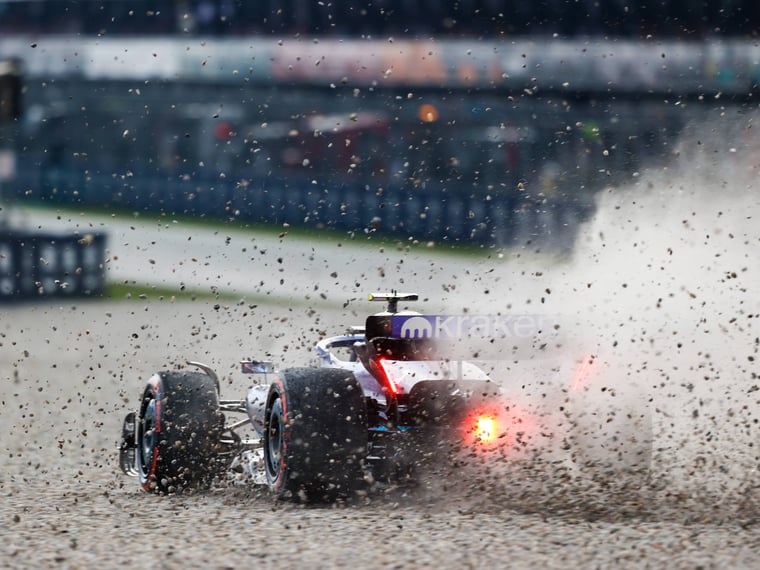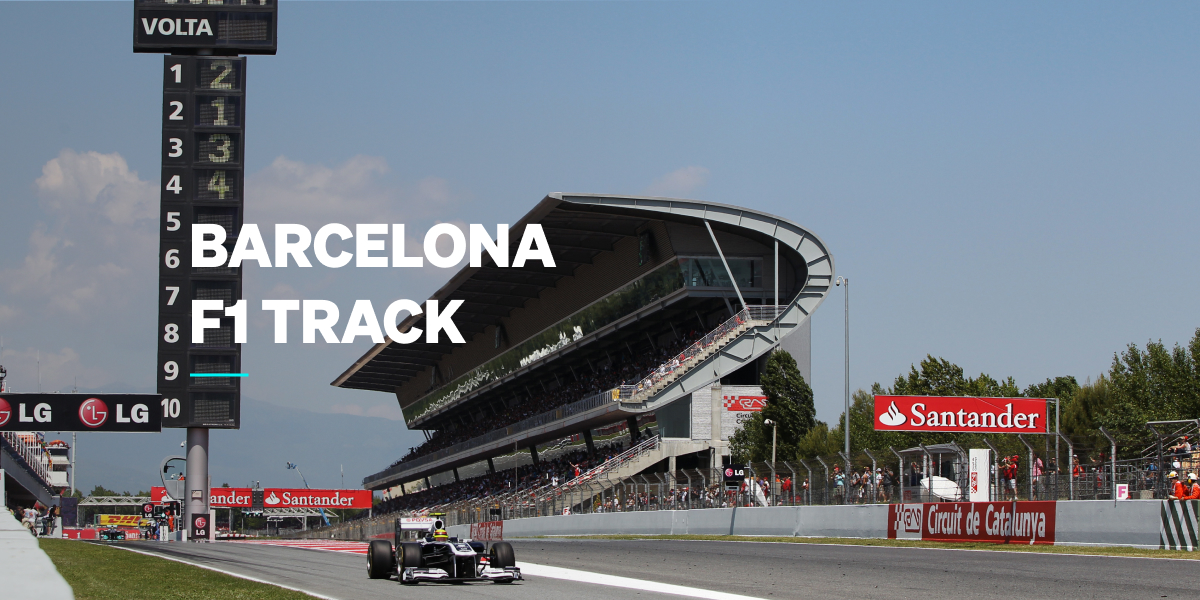
Barcelona F1 Track, Circuit de Barcelona-Catalunya
The Circuit de Barcelona-Catalunya has become an iconic track with European motorsports circuits. It’s an exciting circuit that hosts the best races worldwide. Alongside this, it’s often called the Barcelona F1 Track, which is why it’s the most popular winter test track for F1 teams.
Circuit de Barcelona-Catalunya History
The Start and Early Years (1980s to 1991)
The idea for the Circuit de Barcelona-Catalunya sprang up in the mid-80s. The Catalan government aimed to bring Grand Prix racing back to Barcelona. Therefore, they selected a plot of land near Montmeló and laid the foundation stone in February 1989.
The construction phase stretched into 1991, culminating in the track's opening with a Spanish Touring Car event in September 1991. This move emphasized the region's commitment to motorsport, interpreting the public's enthusiasm as a driving force behind the project.
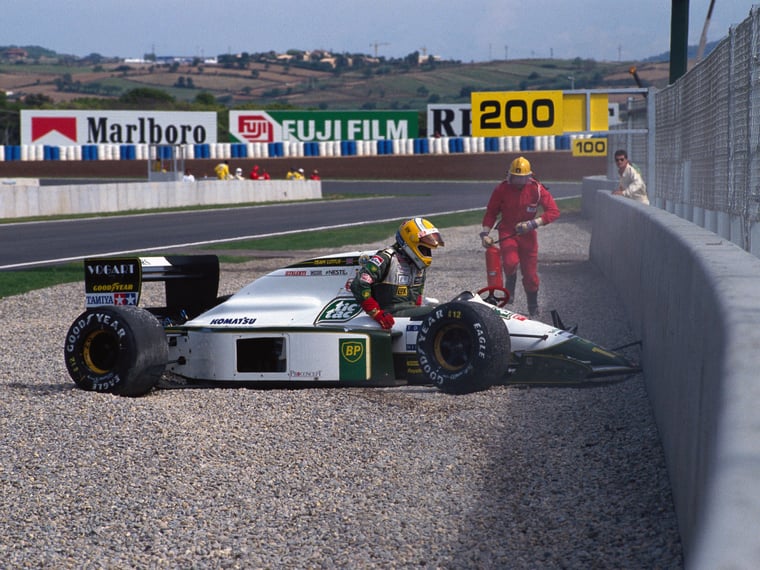 IMAGO / Motorsport Images / Rainer Schlegelmilch
IMAGO / Motorsport Images / Rainer Schlegelmilch
Enhancing Spectator Experience (2002)
By 2002, the focus shifted towards improving spectator facilities. A new grandstand, designed by Hermann Tilke, offered seating for 9,580 fans. Across from it, a giant electronic scoreboard was installed. These upgrades validated the track's reputation as a premier racing destination, enhancing the experience for visitors.
Safety Revisions and Their Impact (1994-2007)
Safety concerns in the mid-90s led to significant changes. Following criticism from F1 drivers about the lack of runoff space, a makeshift chicane was added in 1994. Although not well-received, it highlighted the cause-and-effect relationship between safety perceptions and circuit modifications.
Further alterations in the following years, including changes to La Caixa Corner and another 2007 chicane, showcased the circuit's commitment to safety. However, these changes also sparked debates over their impact on racing quality.
Motorcycle Racing and Safety Innovations (2009-2016)
Motorcycle racing at the circuit was largely unaffected by F1's aerodynamic challenges, allowing for more dynamic competitions. Valentino Rossi's memorable victory in 2009 exemplified this.
However, a tragic accident in 2016 led to a reevaluation of the track layout for motorcycle events, emphasizing the track's versatile approach to accommodating different types of racing while prioritizing safety.
Continuous Improvements and Future Directions (2017-Present)
Recent years have seen further improvements, including track resurfacing in 2018 and the introduction of a penalty loop in 2019. These changes were made with input from riders and drivers alike, showcasing a step-by-step approach to enhancing performance and safety. The re-profiling of La Caixa Corner in 2021, returning it closer to its original design, is a testament to the circuit's ability to balance tradition with modern requirements.
In 2023, adjustments to the final turns introduced TECPRO barriers, allowing flexibility in using the RACC Chicane. This decision, supported by F1 Race Director Niels Wittich, illustrates the strategic thinking behind track modifications.
All Circuit de Barcelona-Catalunya Variations
Exploring Circuit de Barcelona Catalunya's Variations
Circuit de Barcelona-Catalunya stands out for its versatile designs. It hosts three unique circuit variations. Each layout brings a distinct set of challenges and experiences.
Rallycross Circuit (2015–present)
Since 2015, the Rallycross Circuit has showcased the track's versatility. It blends tarmac and gravel, demanding a mix of skills from drivers. This layout emphasizes adaptability throughout.
Grand Prix Circuit with Chicane (2021–present)
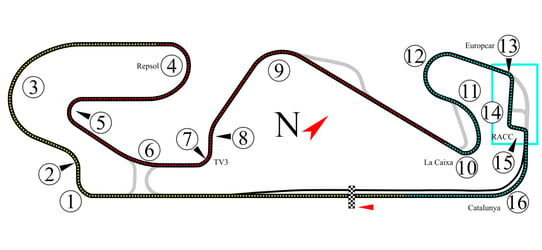
Source: Wikipedia
Introduced in 2021, this version adds a chicane. The chicane offers a perspective where precision can change the race's outcome, affecting how teams plan their approach.
Grand Prix Circuit without Chicane (2021–present)
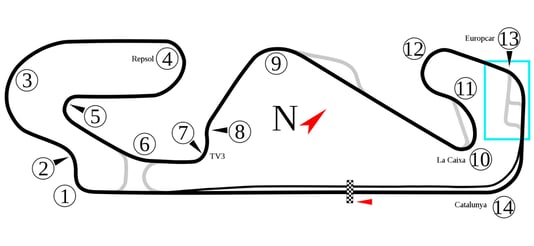
Source: Wikipedia
On the other hand, removing the chicane speeds up the race. This layout values aerodynamics and tire management. Max Verstappen set the fastest lap record in 2023 at 1:16.330 during the Spanish Grand Prix, emphasizing the impact of this layout change.
This adjustment offers a striking contrast, comparing high-speed racing to technical navigation. It validates the track's commitment to diverse racing experiences, illustrating the importance of strategy and precision in achieving record-breaking performances.
In the long run, these variations highlight the circuit's adaptability. Whether it's the mixed challenge of the Rallycross, the chicane's technicality, or the chicane-free layout's speed, each offers a unique test. This diversity enriches motorsport, allowing teams and drivers to showcase their versatility.
Where is The Best Place to Spectate on the Barcelona F1 Circuit
Based on our experience, finding the best spot to watch the Barcelona F1 Circuit depends on what you want to get out of the race day. Nearly every corner of the circuit is accessible from the comfort of grandstands or general admission areas, ensuring fans don't miss out on the action.
From our perspective, Grandstand A, located just outside Turn 1, is a good choice for witnessing the thrill of overtaking. Alternatively, for those who like the sheer capability of Formula 1 machinery, the general admission area near Turn 3 offers an exceptional view.
IMAGO / Motorsport Images / Zak Mauger
Discover the Beauty of Circuit de Barcelona-Catalunya through IMAGO
The Circuit de Barcelona-Catalunya isn't only a race track. It's a canvas on which speed, technology, passion, and excitement create a stunning picture of motorsports time. For those who love the sport and want to capture a little of this incredible experience, Imago offers an exclusive collection of high-quality photographs that bring the track's amazing scenes to life.
At Imago, we're all about remembering one of the most varied motorsport tracks. Our gallery features various photographs ranging from heart-pounding action photos to the small details that make the Circuit of Barcelona-Catalunya special. Each photo is carefully chosen to ensure that it aligns with our standards for quality and relevance.
If you're seeking to add a touch of excitement from racing to your collection, look through Imago's top-quality images of the Circuit de Barcelona-Catalunya. Discover the beauty, power, and passion of one of the most famous motorsport circuits via the lens of Imago.
